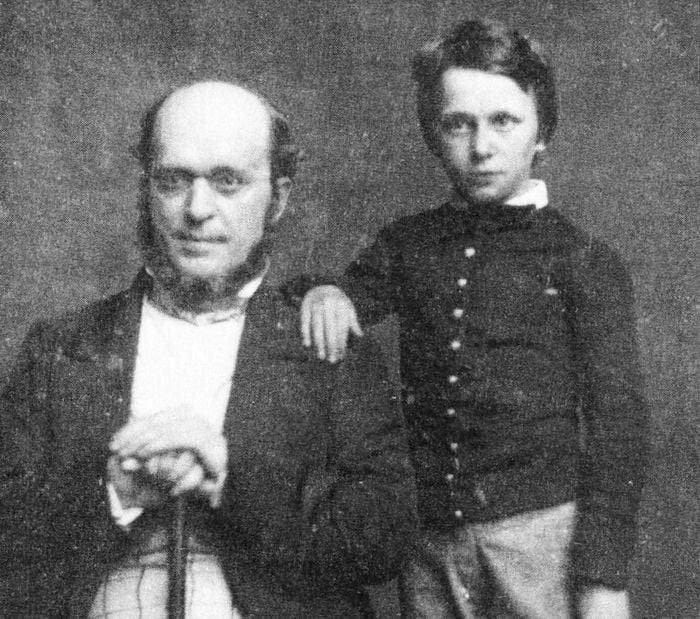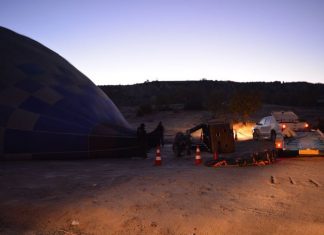The Julian and Gregorian calendars are the accepted conventions of measuring JL Linear Time today. The genesis-area I characteristics of any civilization, however,
I include different ways of counting the “time I which has flown” and the “time which is I left”. Along with that, during large periods of historical existence and also in some specific instances, types of time other than the Linear (calendar) one, can be thought of and used, such as Mythological, Cyclical and Agonal (competitive) times.
There are three major methods of measuring time length: Uranic-Earth circle, dynastic continuity and vegetative reproduction.
The realization of the time of one`s own being marks the difference between the Bulgarians and the nomadic waves of horsemen, which reached and crossed the borders of the Roman Empire, continuing to ransack it even after its decline. The Uranic-Earth circle is measured on the basis of centuries- long observations and adopted expertise, by means of an annual sun calendar, which moves in the mechanism of a twelve-year cycle.
The direct parallels with some of the earliest evidenced ways of calculating the days, months and years, such as the Sumerian, Elam, Chinese and Egyptian calendars, show that the ancient Bulgarian calendar of the pre-Christian epoch was perfect. The sun year is structured by means of the so-called golden calendar number, thanks to which the number of days is constantly 364. They are distributed in four seasons of three months each, with 52 weeks. The first month of each season has 31 days and the other two I months have 30 days. The zero or first day of the astronomic year, or its beginning, coincided with the day of the winter solstice, around 20-21 December. With the introduction of the “golden calendar number”, each date is on the same day of one and the same I month and week.
Bulgarian calendar
The traces of the ancient Bulgarian calendar again lead us to Central Asia in I 2500-300 BC when astronomical observations described the state of the stars encoded I in the calendar cycle. The Bulgarians were I destined to “break” the time barrier, to pre- I serve, develop and bring to us this exceptional product of ancient eastern civilizations. Calendar knowledge requires a I “reading” of the stars, observation over the course of centuries of the dynamics of celestial configurations, selection of a cycle [ with which to enter the rhythm of the Cosmos and finally a constructive projection of the whole rhythm on what occurs or Earth. The arrangement of earthly events, however, means that the natural cosmos is to be turned into a social structure.
Read More about Zafer Upar General Manager of the Merit Sahmaran Hotel






